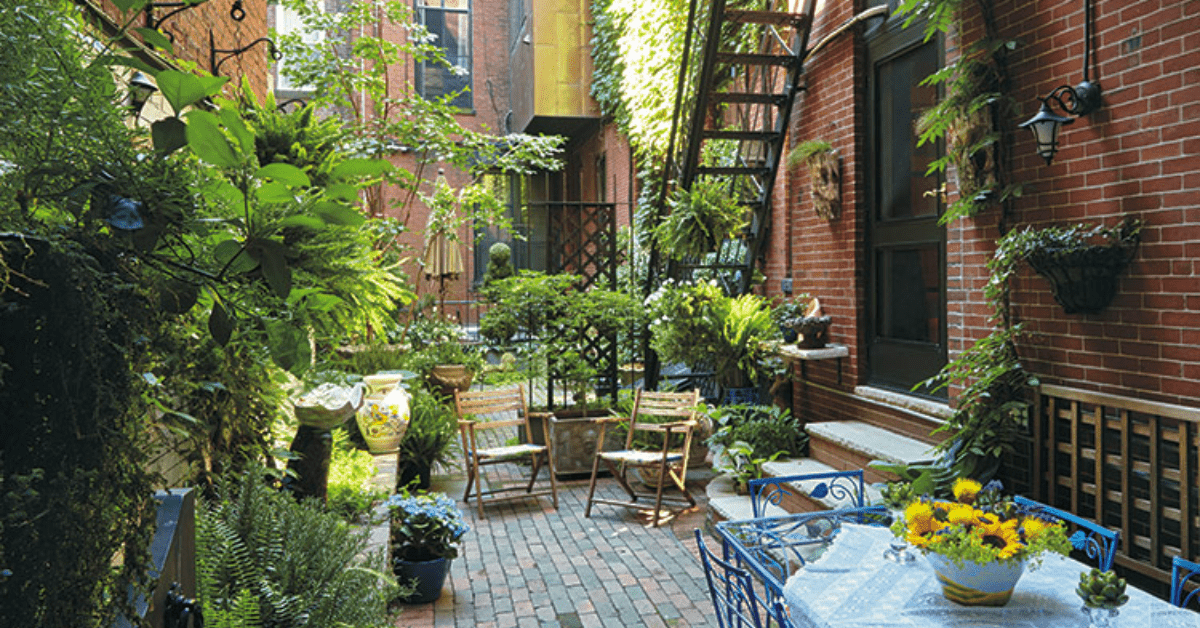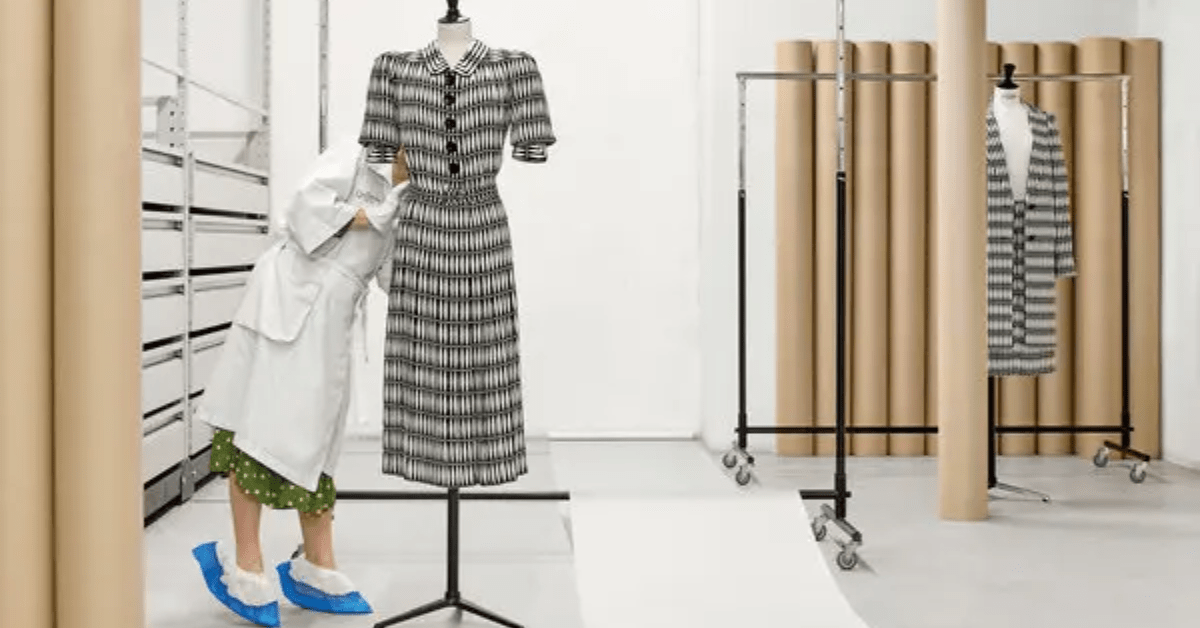Transform Your Limited Space into a Lush Oasis with Container Gardening
Nature has always provided me with consolation as an avid gardener. However, living in a city with little outdoor space might make pursuing my gardening interest difficult. That’s when I discovered container gardening, a technique that allows you to turn even the smallest of places into a verdant haven.
In this essay, I’ll walk you through the world of container gardening and teach you how to construct your own green paradise, no matter how big or small your living space is.
Benefits of Container Gardening in Limited Spaces
Container gardening is ideal for folks who have limited space. Container gardening helps you to make the most of your available area, whether you live in an apartment with a small balcony or have a small patio. One of the most significant advantages of this approach is its adaptability. You may easily shift your containers around to enhance sunshine exposure or to create alternative aesthetic layouts. Furthermore, container gardening is an excellent choice for renters or people living in temporary housing because you can move your garden with you.
Another benefit of container gardening is that you have more control over the environment in which your plants thrive. You may choose the ideal soil composition for each plant variety, ensuring optimal development and health. In addition, container gardening lowers the likelihood of weeds invading your garden, making it easier to manage and care for your plants. Container gardening allows you to enjoy all of the benefits of gardening, even in the smallest of places.
Choosing the Right Containers for Your Garden
Choosing the correct containers for container gardening is critical to the success of your garden. When choosing containers, there are several aspects to consider, including size, material, and drainage.
The type of plants you choose to grow will determine the size of your container. Plants having larger root systems, such as tomatoes or peppers, may need larger containers. Herbs and tiny flowers, on the other hand, can survive in smaller pots.
There are numerous materials to choose from, including clay, plastic, and wood. Because of its natural appearance and breathability, which allows for improved air circulation, clay pots are a popular choice.
Plastic containers are lightweight and come in a variety of colors and shapes, making them a versatile choice. Wooden containers, such as cedar or redwood, are not only beautiful but also provide great insulation for plant roots. Regardless of the material, ensure the containers include drainage holes to prevent waterlogging and root rot.
Selecting the Perfect Plants for Container Gardening
Choosing the proper plants is the key to a successful container garden. Consider plant size, growth habits, and light requirements when selecting plants for your limited space. Compact and dwarf kinds are good for container gardening because they do not outgrow their containers and do not overshadow other plants. Petunias and marigolds, for example, have bushy or trailing growth habits and will add dimension to your landscape.
It’s also vital to evaluate how much sunlight your location gets. Some plants thrive in direct sunshine, while others thrive in shadow. Take note of the amount of sunlight in your region during the day and choose plants accordingly. Choose shade-tolerant plants such as ferns or impatiens if your location is shadowed. Consider sun-loving plants like geraniums or lavender if you have a sunny balcony or patio. You can ensure the health and vitality of your container garden plants by selecting the proper ones.
Essential Tips for Successful Container Gardening
To ensure the success of your container garden, there are a few essential tips to keep in mind.
1. Use High-Quality Potting Soil
To begin, use high-quality potting soil designed exclusively for container planting. This sort of soil is light, well-draining, and nutrient-rich, making it a great growing medium for your plants.
Avoid using garden soil because it is heavy and can cause poor drainage.
2. Watering
Another important part of container gardening is watering. While it is critical to keep your plants hydrated, overwatering can be just as damaging as underwatering. The idea is to strike the proper balance.
Regularly check the soil moisture by inserting your finger up to the first knuckle. It’s time to water it if it seems dry. However, if it feels moist, wait a day or two before watering. Remember that different plants require varying amounts of water, so be sure to research the exact demands of your chosen plants.
3. Fertilizers
Fertilizing is also necessary for container gardens. Because the plants rely exclusively on the minerals in the potting soil, it is critical to supply these nutrients on a regular basis.
Choose a balanced, water-soluble fertilizer and apply it according to the package directions. Over-fertilizing might result in a nutritional burn, so stick to the prescribed dosage.
Creating a Stunning Container Garden Design
Now that you’ve covered the fundamentals, it’s time to let your imagination run wild and build a magnificent container garden. Take into account the general concept or style you want to achieve. Do you like a vivid color palette or a more minimalistic look? Are you going for a formal or casual appearance? Once you’ve decided on a design, begin selecting plants that complement one another in terms of color, texture, and height.
Incorporate a range of plant heights and textures to add visual interest. Tall plants, such as decorative grasses or cannas, should be mixed with medium-sized flowers, such as geraniums or salvias, and trailing plants, such as ivy or sweet potato vine, should be added at the end. Remember to consider each plant’s mature size and give them ample space to grow without crowding one other.
Make sure your container garden has some eye-catching focus points. This may be a lovely ceramic figure, a trellis, or perhaps a tiny water feature. These focal pieces will bring attention to your landscape design while also adding a personal touch. Make sure you properly put them to produce a harmonic and balanced composition.
Conclusion
Container gardening is an excellent method to turn a small space into a lush retreat. You can grow a thriving garden in even the smallest of spaces with the correct containers, plants, and care.
Use your imagination to create a magnificent container garden that represents your particular style. Container gardening allows you to reconnect with nature and enjoy the beauty of plants directly at home, whether you have a little balcony, patio, or even just a windowsill.
So, take your gardening gloves and prepare to turn your small space into a green oasis with container gardening.
Thank you for reading this post, don't forget to subscribe to our newsletter!




